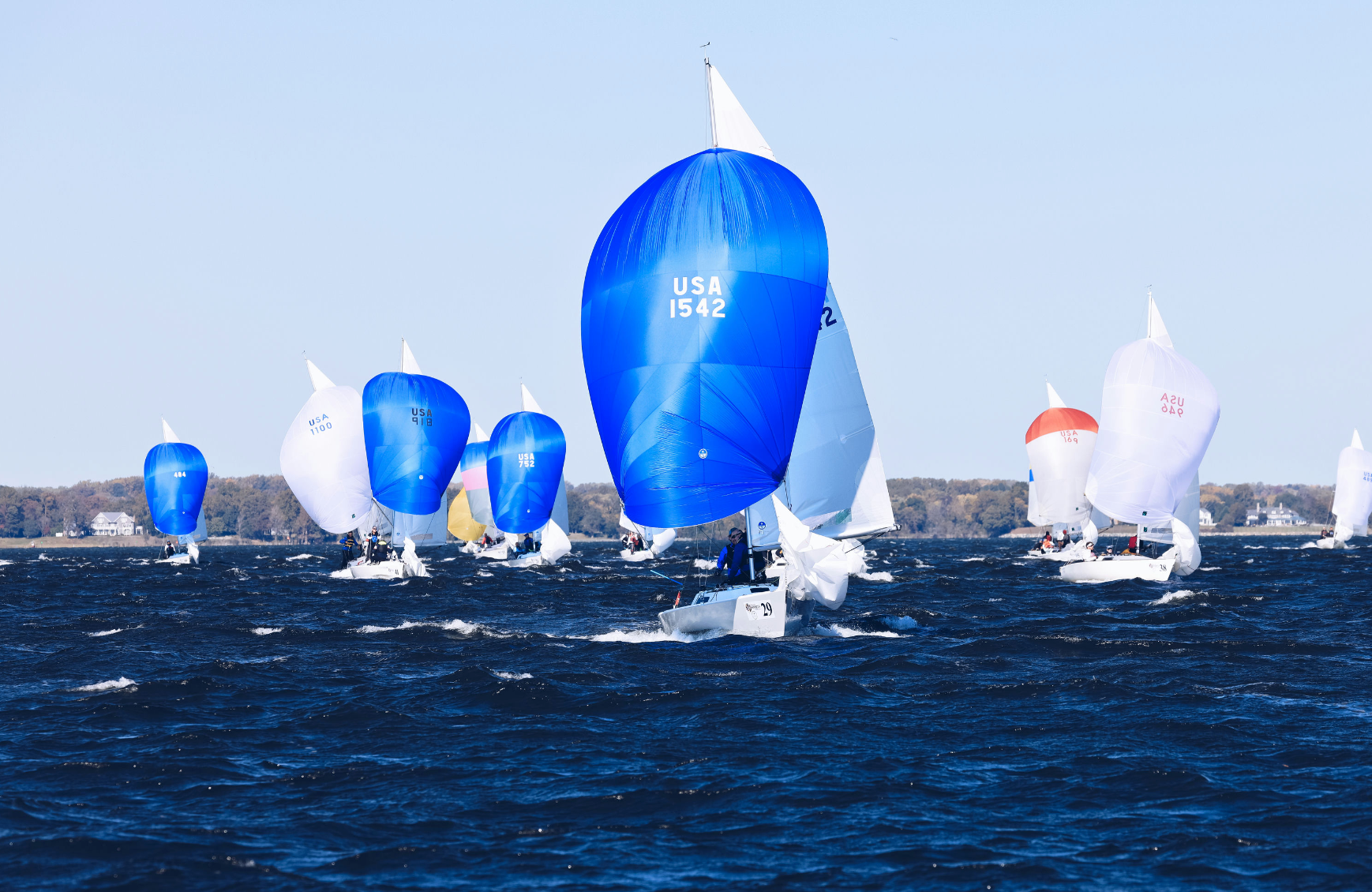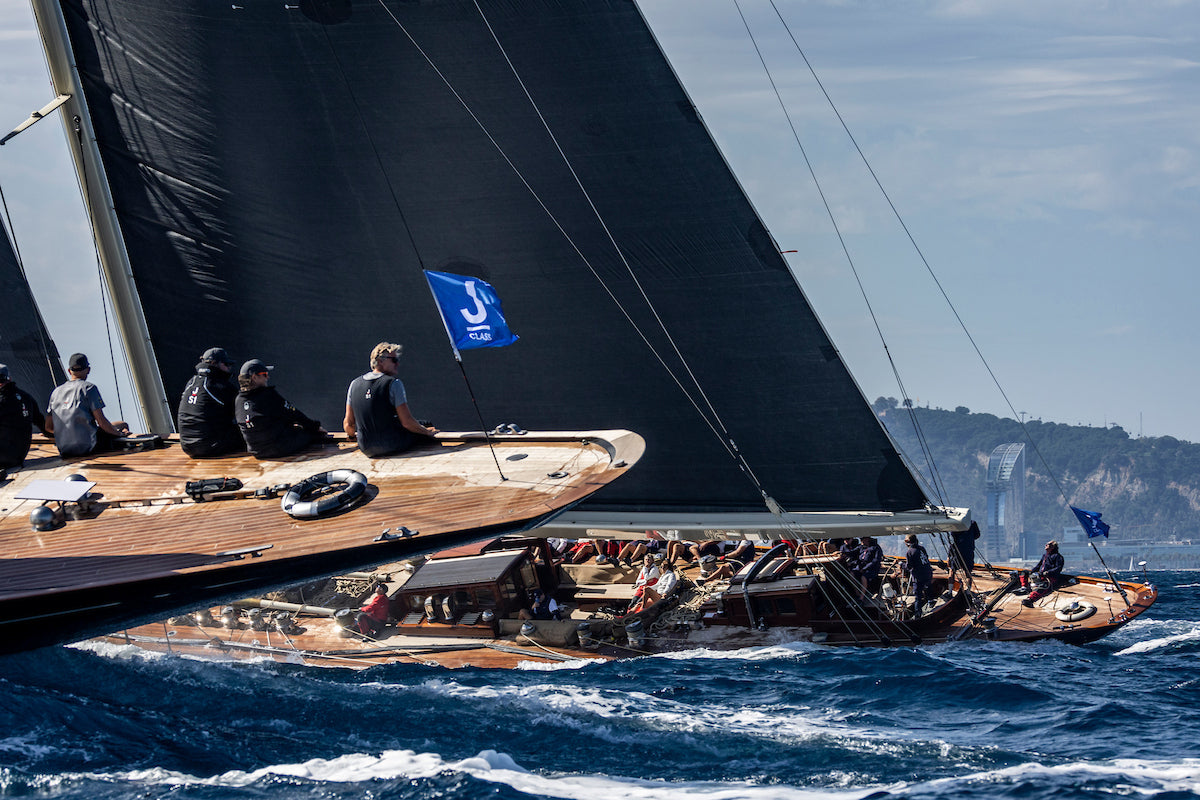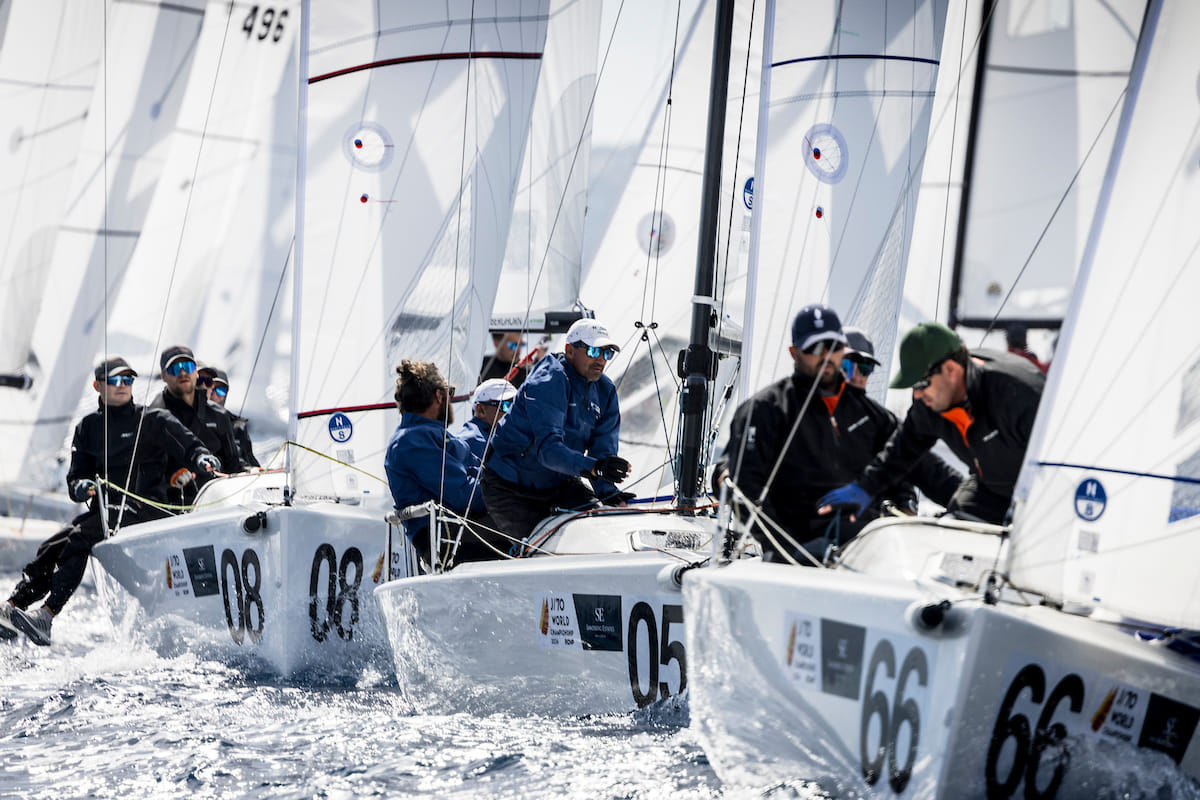VENDÉE GLOBE 2024 PREVIEW
The “Everest of the Seas” celebrates a major milestone this edition as it marks the 10th edition of the race this year.
Imagine being alone, confined to a boat no larger than 40 square meters, amid extreme weather conditions that test your endurance and psyche. You’re at Point Nemo in the Pacific Ocean—the most remote spot from land on the planet. There, in the grip of a fierce low-pressure system and battling intense winds, emotions surge: fear, loneliness, and the passion for the sport. Fewer people have likely competed in this race than have traveled into space. It’s crazy and it's called the Vendée Globe.
The race is truly unique: single handed around the world every four years (starting and finishing in Les Sables d’Olonne, France), around the Antarctic and passing under the three Capes (Good Hope, Leuwin and Horn). And without any help from outside, nobody who is going to help the skipper make the best choice in terms of weather forecasting and routing. Basically, the skippers are alone for 80 days. That's huge. There are not many comparable human experiences.
For North Sails, an effort championed by our team in France, the partnerships with teams competing in the Vendée Globe 2024, really started four years ago, beginning with four or five North sails designers dedicated to supporting the IMOCA fleet at the inception of their campaigns.

Thomas Ruyant / Vulnerable
Working in collaboration with the sailors, our experts come on board from the start of the design and construction phase of a new IMOCA. Through our powerful North simulation software, North sail designers and aero engineers run very specific analyses like load calculations on the rig and flying shapes so that we build and design the best sails with the ideal shape and structure.
In fact, the first step for us is working behind our computers with architects, looking at the types of fiber, the mix of fibers and making the best use of 3Di to build the most powerful sails. We are very involved over the four years to make sure that the team has the best advice on the right size sails and the right type of sails which is extremely important as the sailors are not allowed to carry more than eight sails on board for the entire race. Next year that will drop to seven, so the choice will be even harder.
You have two mandatory sails, the main and J2, which are on the main forestay. After that you can choose the best combination of sails, masthead or fractional, based on the type of boat and way you race, depending on if you want more VMG or more reaching which comes from the analyses undertaken by the teams on the weather patterns for the Vendée Globe. North-powered boats are using less and less the A2 as the boats are sailing faster and faster, reducing the apparent wind angle. So much so that the A2 has been largely removed from the sail inventory and replaced by larger masthead sails.
There is a very close relationship between skippers, their teams and sail designers to prepare. And at the end of four years, each IMOCA has a unique and ideal combination of sails. There are no copy/paste sails in the Vendée Globe. Each sail has been designed as a prototype which is fully customized to each boat in terms of size, shape and structure.

Jérémie Beyou / Charal
The IMOCA Class is known for being forward-thinking and embracing innovation. The last 20 years have seen the boats rapidly progress from daggerboards to canting keels through to the advent of foils, increasing performance and VMG speed by nearly 50%. The wind strength required to reach 20 knots of boat speed has fallen from 30 knots 20 years ago to just 14 knots today. In reaching conditions, the latest foiling boats are achieving speeds that are nearly 75% faster than they were 20 years ago.
The latest IMOCA Class initiatives are focused on pairing performance and sustainability. They want to take advantage of the race to spread sustainability messages to a wide audience. The skippers are pioneers and they're part of a small number of people who can see in real-time the changes that are happening due to climate change. IMOCA has partnered with UNESCO for the Vendée Globe to collaborate on scientific data capture and analysis around climate change.
IMOCA are also committed to decreasing their carbon footprint, both with the boat and sail construction. They are asking sailmakers to push boundaries to make sure that we produce sails that limit harmful emissions in three areas of sail production - energy, waste and transportation. The RISE program (Reduced Impact Sail Evaluation), which North Sails really supports, is a world first certifiable impact reduction system. It rewards sailmakers for restricting the use of energy not derived from renewable sources; for reducing the use of air transport between raw material acquisition and manufacture; and for reducing the amount of waste produced in the sail build process.

Justine Mettraux / Teamwork Team SNEF
The Vendée Globe celebrates a major milestone in 2024 as it marks the 10th edition of the race this year. This edition 40 people will leave the dock, but a couple of years ago there were only 15 – resulting in less than 300 people who have taken on this race since the beginning. They are true pioneers and adventurers.
The first winner was Titouan Lamazou in 1990. And over 30 years many big names have won the Globe like Alan Gautier, Christophe Auguin and Michel Desjoyeaux who won it twice, Francois Gabart in 2013 and Armel Le Cléac'h in 2017. And Yannick Bestaven who won the last edition in 2021, which was quite unique as it was one of the few sports events happening during the first covid lockdown. That edition the media audience around the world was huge because everyone was locked at home behind their laptops, trying to get the latest update on the tracker to follow who was winning.

Boris Herrmann / Malizia - Seaexplorer
This race always delivers a lot of drama. For me, the 1997 edition was incredible. A couple of skippers like Raphaël Dinelli and others were rescued at sea. They capsized and were saved by other skippers or coastguards. And Gerry Roufs was also lost at sea in that edition. These stories really helped create the legend of the Vendée Globe. Without a doubt it is one of the hardest races in the world.
This event is so big in France. Ahead of the start, you will see millions of people coming through Les Sables to see the boats in the race village. And on the start day there will be hundreds of thousands of people spread around the coast to watch. Personally, I can’t wait.
Author: Thomas Normand























